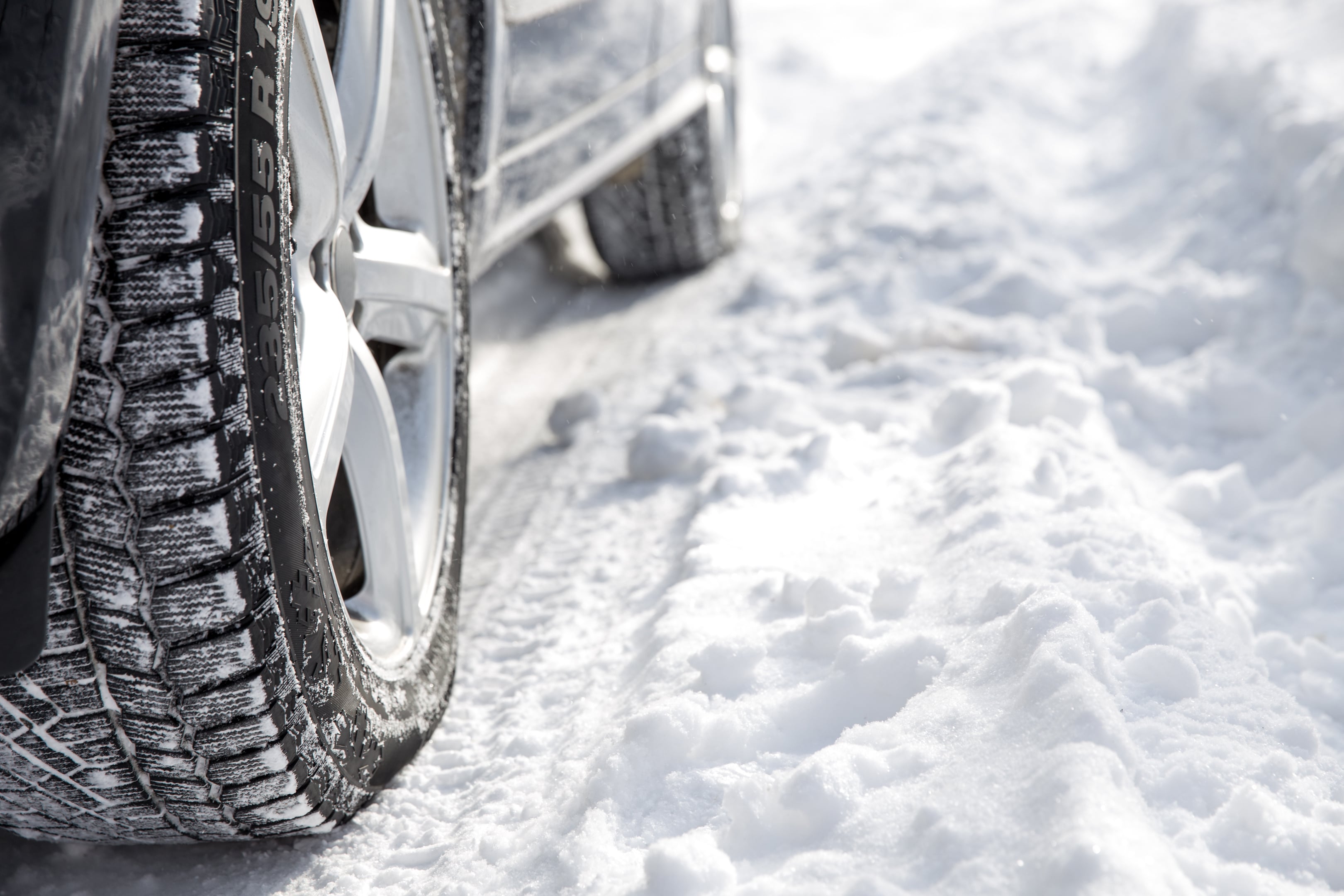We take a look at some of the most common myths when it comes to winter driving, to help separate fact from fiction
There are many myths which surround this season – namely, a pretty famous round-bellied chap.
But, winter can also confuse many drivers with tonnes of misinformation out there on how drive in certain weather conditions, what the best practices are, and what they can/ cannot do.
So we took it upon ourselves to help de-bunk some of the most common things we hear every winter…
#1 Are you allowed to leave your keys in the ignition to warm up your car whilst you are inside?
On dark, murky winter mornings, there is seemingly nothing worse than having to wait for your car to warm up and clear its windscreen…
So, you can imagine that it’s not uncommon for drivers to pop outside a few minutes before they are set to leave to ensure that the inside of the car is warm and toasty for when they set off.
But, there are huge problems associated with this – not only could you invalidate your insurance, if your car is stolen, but you may also face a £40 fine.
It’s legally required for you, the driver, to be in-charge of your vehicle when the keys are in the ignition – so popping inside to finish off your makeup, or style your hair could cost you a lot more than the few minutes you’d save in the mornings.
In recent years, criminals have capitalised on people doing this more and more. So, the simple answer is NO. Do not leave your keys in the ignition to warm up your car whilst you finish getting ready.
#2 Can cleaning my windscreen with shaving foam help stop it from misting up?
Strangely enough – yes.
The moisture inside your car is primarily to blame for causing your windscreen to become misty, but common household items like shaving foam can be a great moisture repellent – which is why some people choose to use it to stop their cars from misting up.
But how does it work?
- Apply a thin layer to a clean, soft cloth and start wiping your windscreen.
- Be sure to cover the entire windscreen when you wipe.
- Once completed, take another clean cloth (don’t use tissue paper), and wipe away the residue, until the windscreen becomes clear and perfectly visible.
This will need to be regularly applied in this manner to help keep the protective barrier against fogging up. So, if you do this correctly, you should save yourself time each morning.
But please, please, please, make sure you can see out of your windscreen perfectly clear each time you set off.
#3 Should you use your air conditioning when trying to de-mist your windscreen?
So, we now know that moisture is one of the biggest problems when attempting to clear your windscreen…
But what is great at removing moisture from the air?
You guessed correctly – Air Con.
What a smart cookie you are.
Air Conditioning will help you to de-mist your view by taking the moisture from the air and therefore speed up the whole process. But there are also some other top tips you can use to help.
Alternatively, if your car is not fitted with Air Conditioning, then you can use alternative methods – namely, opening your windows to allow ventilation and help to clear even the most stubborn patch of mist on your windscreen.
So, if you are ever patiently waiting for your car to magically de-mist, then engage your Air Conditioning, and speed up the whole process (hopefully).
This is definitely fact – not fiction. You should use Air Con where possible to help de-mist your car.
#4 Should I put on my fog lights when it’s snowing?
This is a slightly contentious issue – some drivers will put their fog lights on at the slightest dip in visibility, prompting the rest of us to question what they are doing.
But technically, according to the Highway Code, you should only use your fog lights on your car when visibility in-front of your car reduces to below 100 metres or less.
Putting these lights on when visibility is more than 100m could put other road users at harm.
So, this question has a Yes and No answer – if your visibility is severely harmed by heavy snow, then by all means, stick those fogs lights on, but if snow has settled, then you really don’t need to blind other drivers with your bright fog lights.
Use your own judgment and think of other road users when doing so.
#5 Are four-wheel drive cars safer in the snow?
Four-wheel drive cars usually have a distinct advantage in battling tough terrain – whether that be muddy hills or snowy banks.
But does this make them safer on the roads?
Well, not really.
Whilst those four-wheel-drive cars may easily pass you as you struggle to drive in light snow, this does not make them safer.
The key to staying safe behind the wheel is driving correctly for the conditions and having the right tyres for the job.
Four-wheel drive cars are usually very safe in the case of an accident, but the way to keep yourself safe is by being careful and relying on your experience to help inform your decision.
Always take a look at whether it is safe to drive before departing on your next journey – if you think there is a potential risk, then try seeking alternative methods of transport that are more geared up for such conditions.
